Our FORTE CULTURA travel recommendation
Route of military history and remembrance in Alsace (page 2/4)
Developed by FORTE CULTURE Partner Alsace Destination Tourisme (ADT).
Wenn du dies siehst, nachdem deine Seite vollständig geladen wurde, fehlen leafletJS-Dateien.
13 Kahm military cemetery
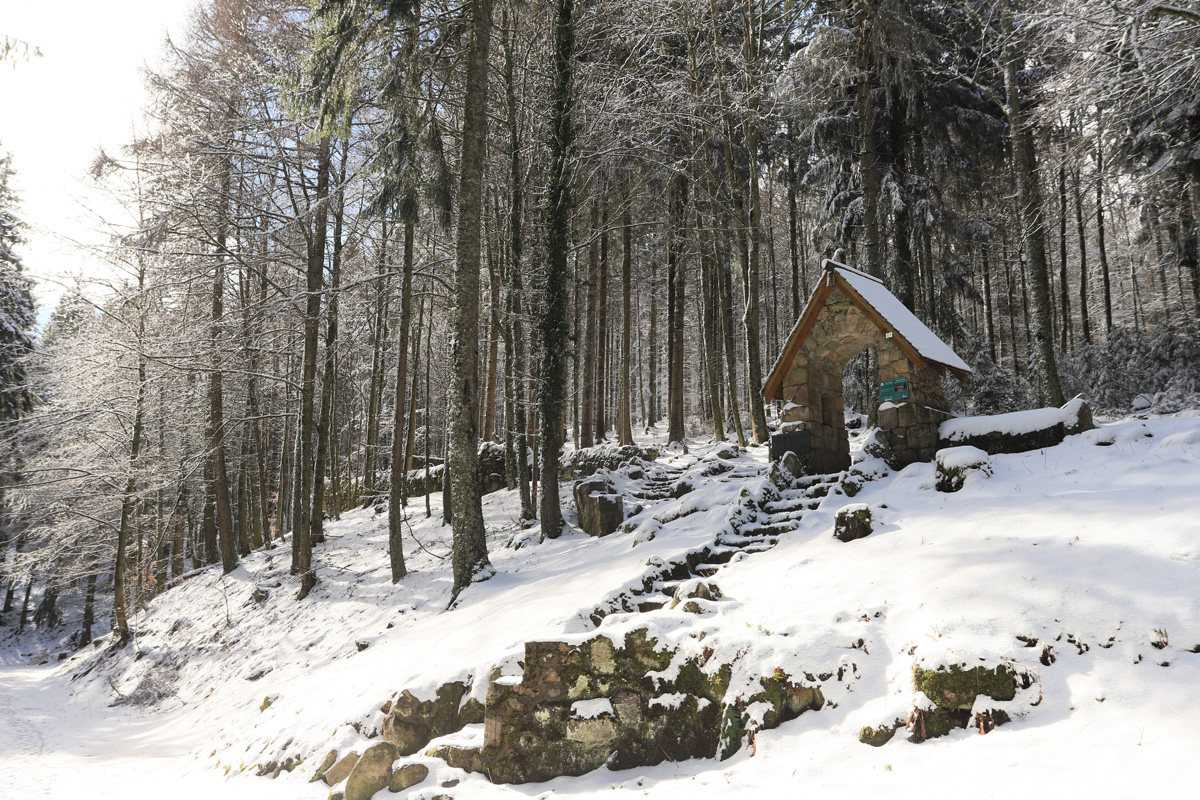
Created in January 1916 by Bavarians, Kahm Cemetery overlooks Bonhomme, Lapoutroie, and Orbey. Terraced in forest, it features granite walls, ornate headstones, and a chapel. Its German name “Hexenweiherkirchhof” refers to a “witch pond.” Located in the rear front, it’s part of a shelter network above an underground field hospital. Listed as a UNESCO World Heritage site.
68650 Lapoutroie
www.kaysersberg.com
(Image ©Emmanuel Dubail)
14 Romanian cemetery
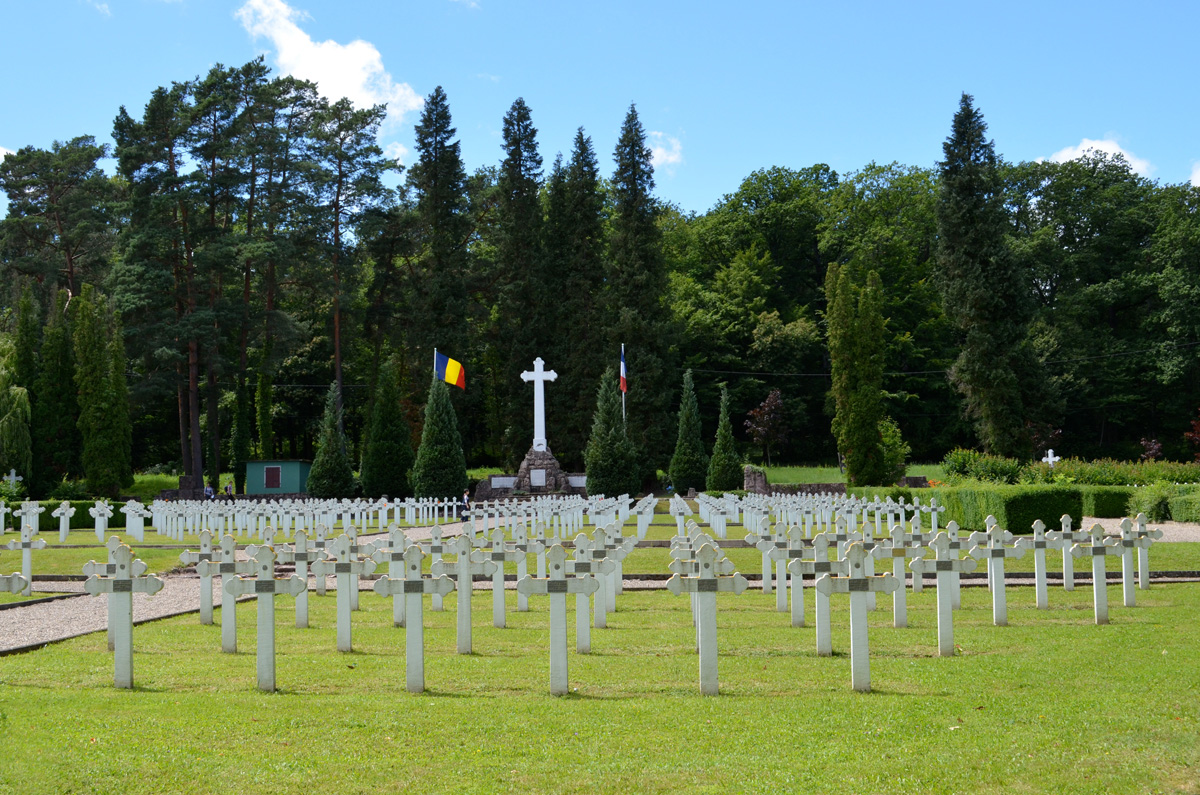
The Val du Pâtre cemetery is the largest Romanian military cemetery in France, hosting 678 prisoners of war who died during World War I. It includes 553 individual graves and two mass graves containing 125 victims of the Steinbrunn-le-Haut tragedy (January 1917). Inaugurated in 1924, it remains an important pilgrimage site. The site is listed as a UNESCO World Heritage site.
68570 Soultzmatt
www.ville-soultzmatt.fr
(Image ©JL Delpal - ADT)
15 The Route des Crêtes
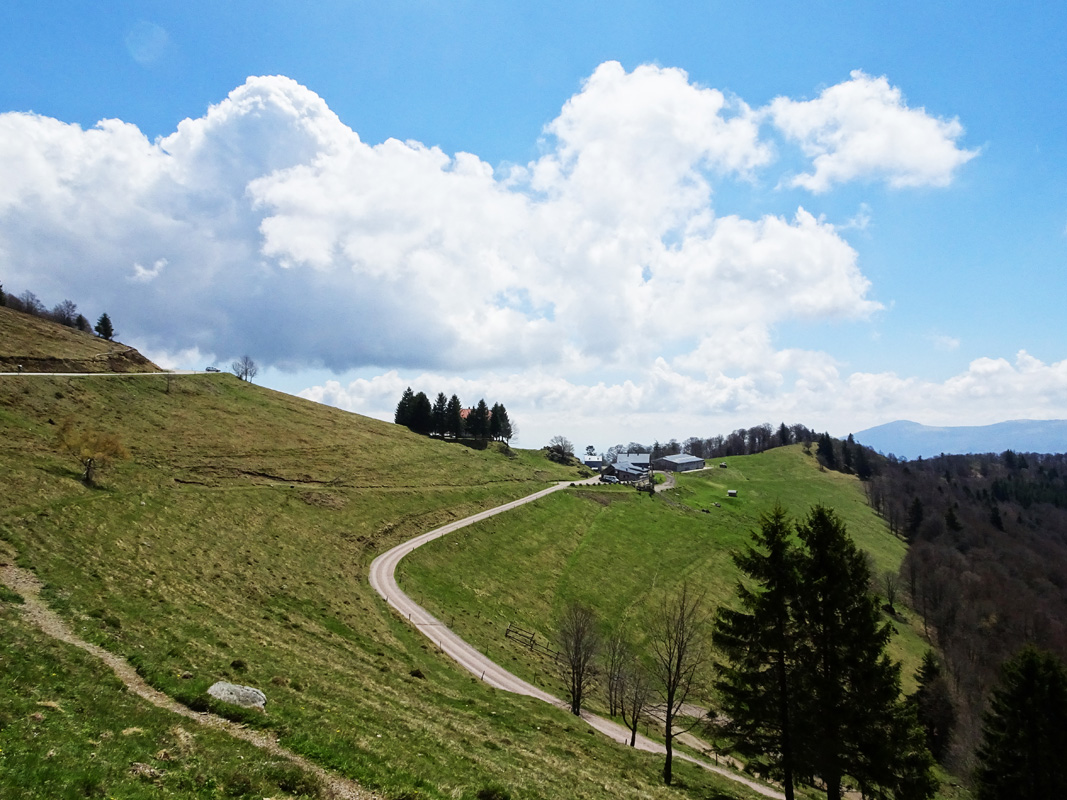
The Col de la Schlucht (1139 m) on the Route des Crêtes is a former strategic road built in 1915 by the French army. Its altitude offers stunning views of the Vosges peaks and main lakes. It serves as a starting point for hiking, snowshoeing, and access to the Munster Valley ski slopes.
68140 Vallée de Munster
(Image ©F. Fessler - ADT)
16 La Tête des Faux
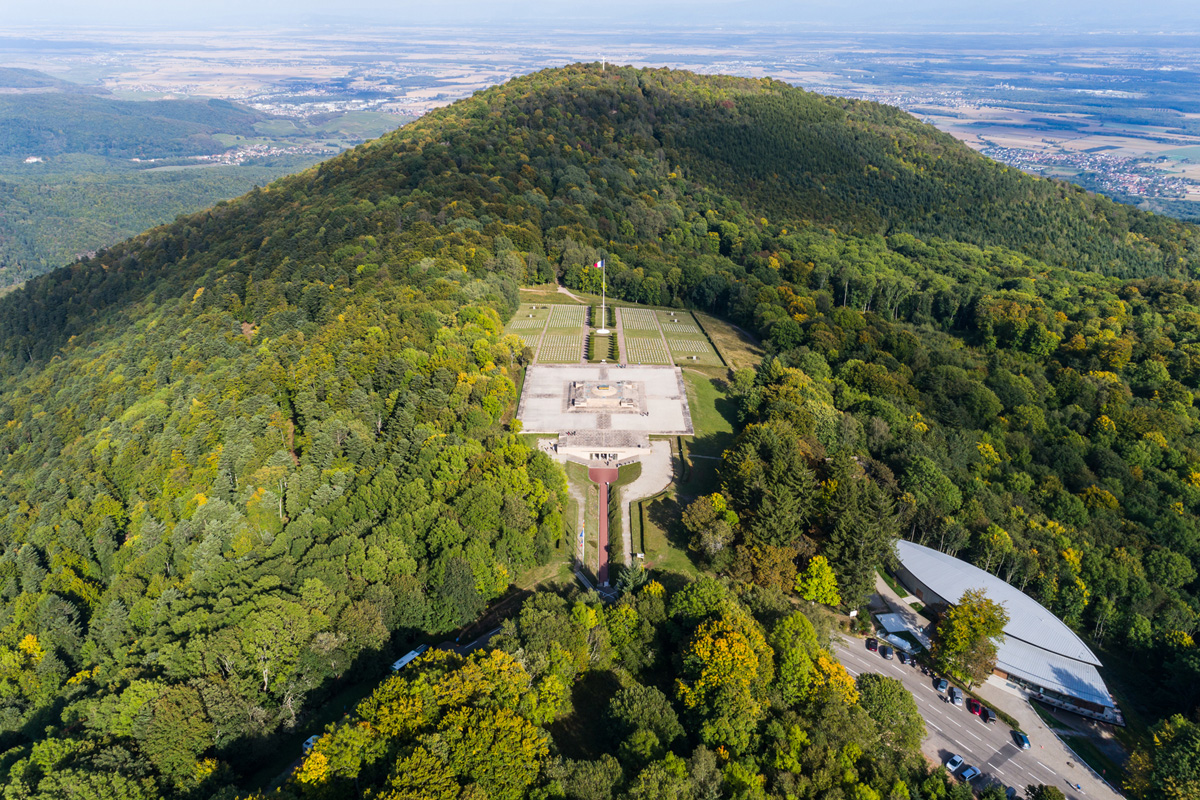
La Tête des Faux is a historic 1914-1918 battlefield named after the beech forest that once covered it. In August 1914, German observers directed artillery fire, destroying the French command camp by November. The site still bears war scars, including many barbed wires. Two war cemeteries here are UNESCO World Heritage sites, commemorating the Western Front.
68650 Le Bonhomme
www.kaysersberg.com
(Image © OTVKB)
17 L'Abri-mémoire
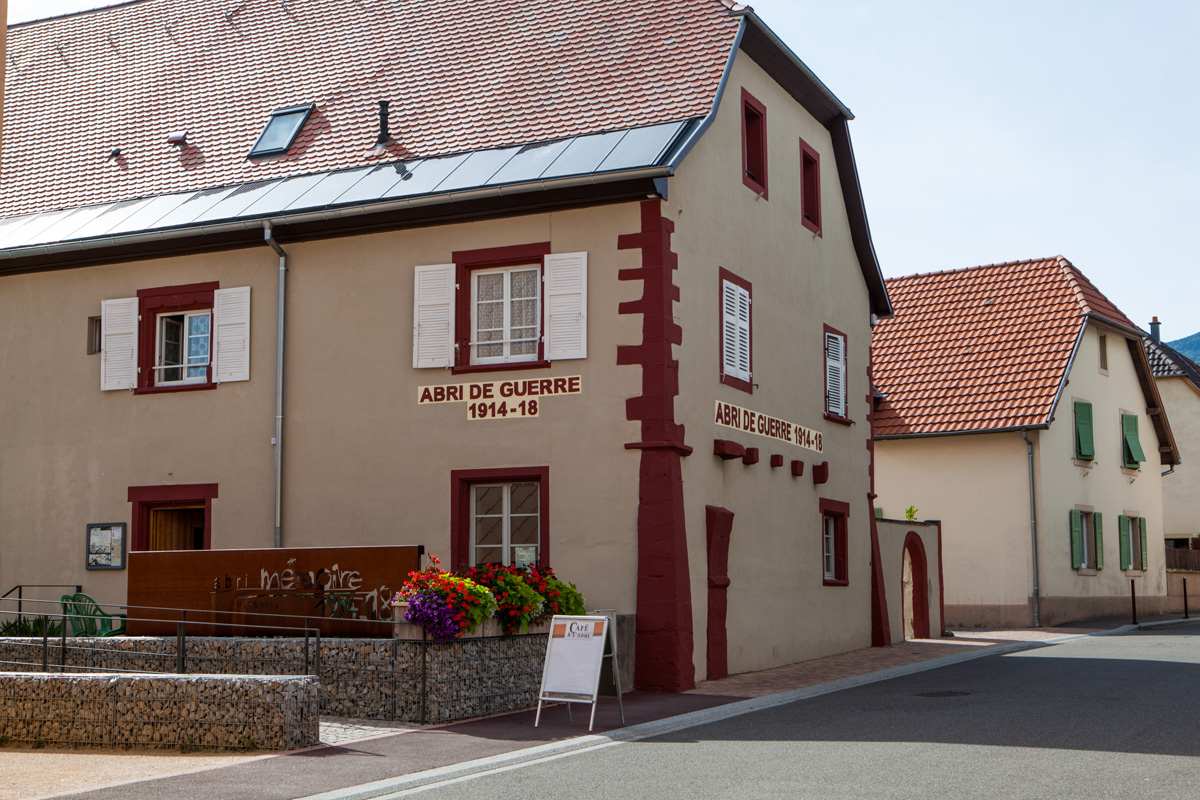
The former World War I sanitary shelter "Abri mémoire" in Uffholtz is a cultural center of the Thann-Cernay Community. It hosts temporary exhibitions on memory, citizenship, and peace, and includes a resource center, conference room, artist residency, and community café. Events and workshops, especially for school groups, accompany the exhibitions.
68700 Uffholtz
www.abri-memoire.org
(Image ©C. Meyer - ADT)
18 Le Grand Canon
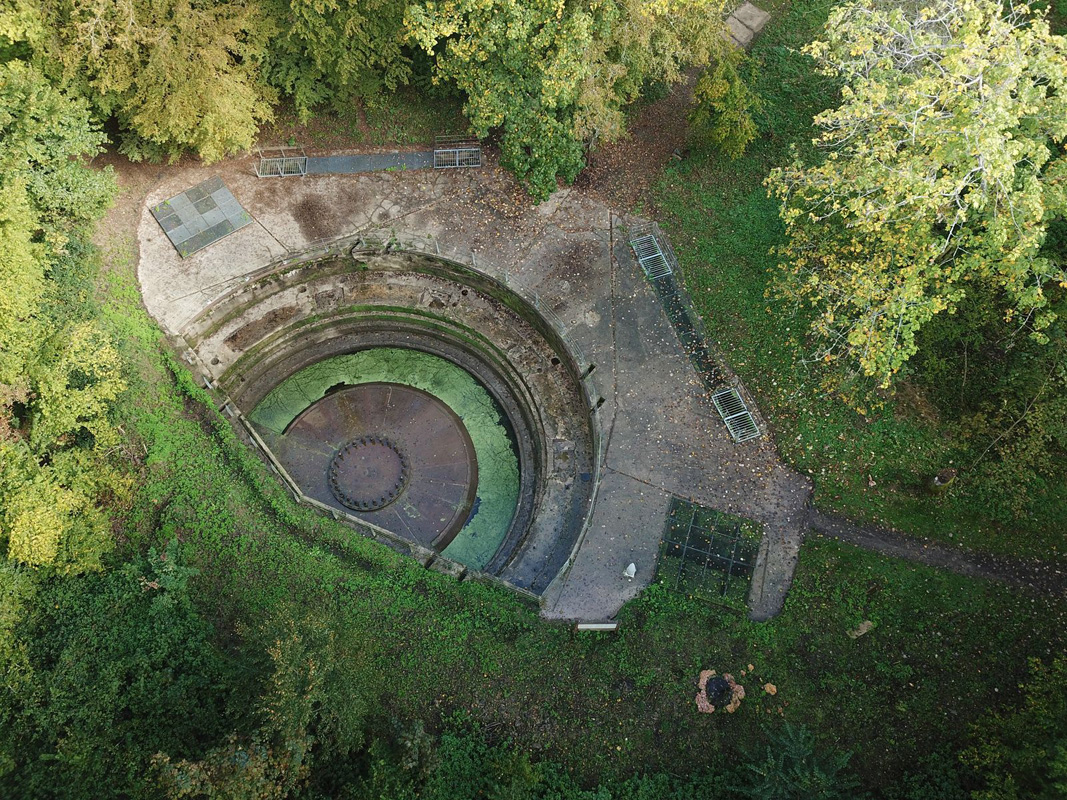
This site hosts a "KW" cannon (Kaiser Wilhelm Geschütze), called "langer Max", used during WWI to shell Belfort and distract from attacks on Verdun and the forts of Vaux and Douaumont. Many remains are still visible in the forest. Guided tours let you explore the underground galleries and military layout. A mobile app is also available for a self-guided discovery of this historic site.
68720 Zillisheim
www.canon-zillisheim.fr
(Image ©IAssociation du Grand Canon de Zillisheim)
19 Le Hartmannswillerkopf ou Vieil Armand
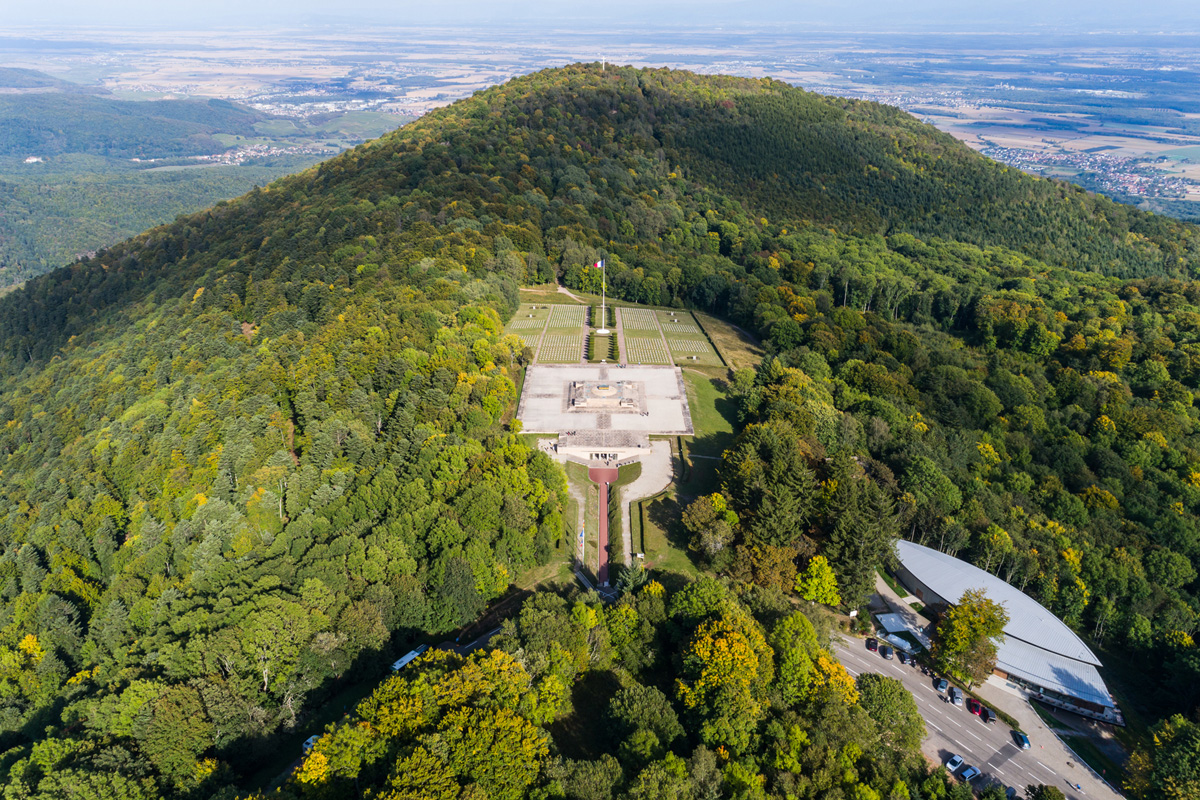
Hartmannswillerkopf is the most important World War I site on the Vosges front. It includes a listed battlefield, a national monument with crypt and esplanade, and the first French-German historial. A scenic trail recounts the fighting. In 1915, 30,000 soldiers died on this strategic summit, nicknamed the “man-eater.” Today, it stands as a symbol of remembrance and French-German friendship. The site is listed as a UNESCO World Heritage Site.
68700 Wattwiller
www.memorial-hwk.eu
(Image ©AAA-IllProd - ADT)
20 Upper Alsace memorial
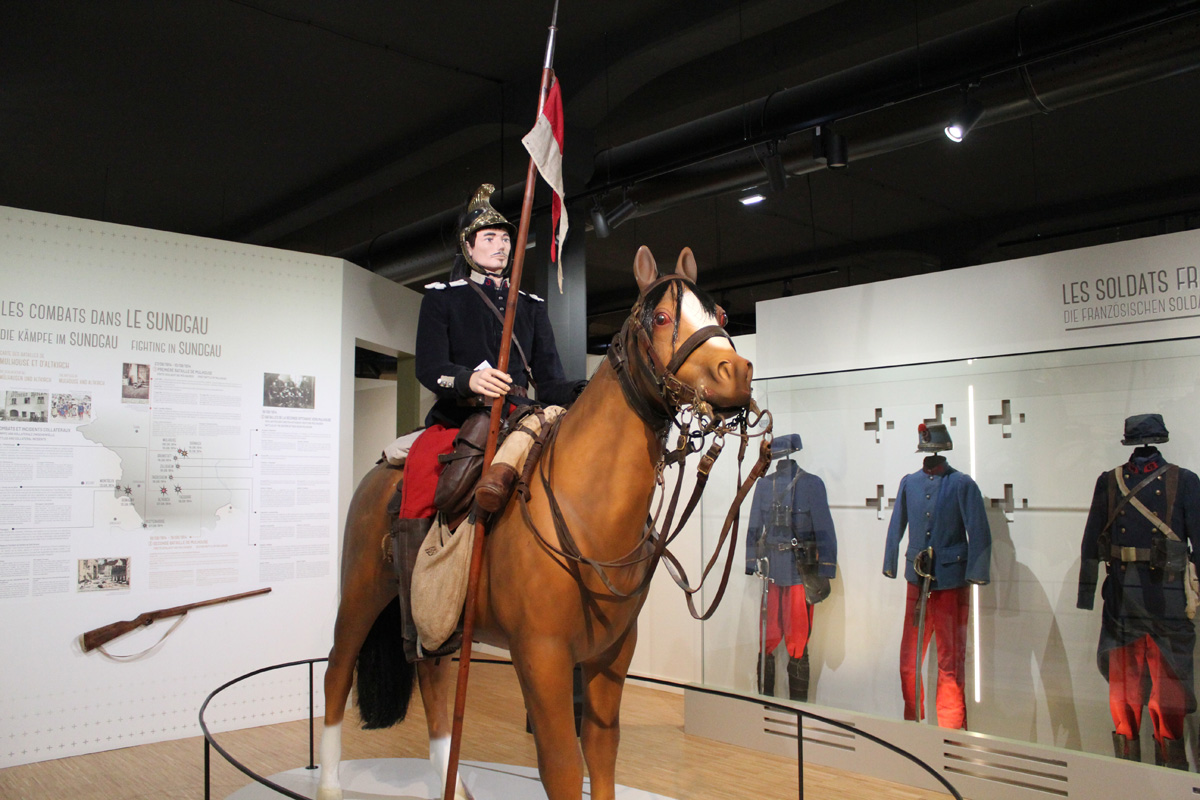
The Haute Alsace Memorial continues the exhibition “The Forgotten Trenches.” It highlights local figures like Kilomètre Zéro, Corporal Peugeot, and Lieutenant Mayer, and the Sundgau region occupied by the French army during WWI. The memorial reveals the daily life of soldiers and civilians and helps to understand the different perspectives of the conflict.
68210 Dannemarie
www.memorial-haute-alsace.fr
(Image © F. Fessler - ADT)
21 Museum of the Alpine Ambulance
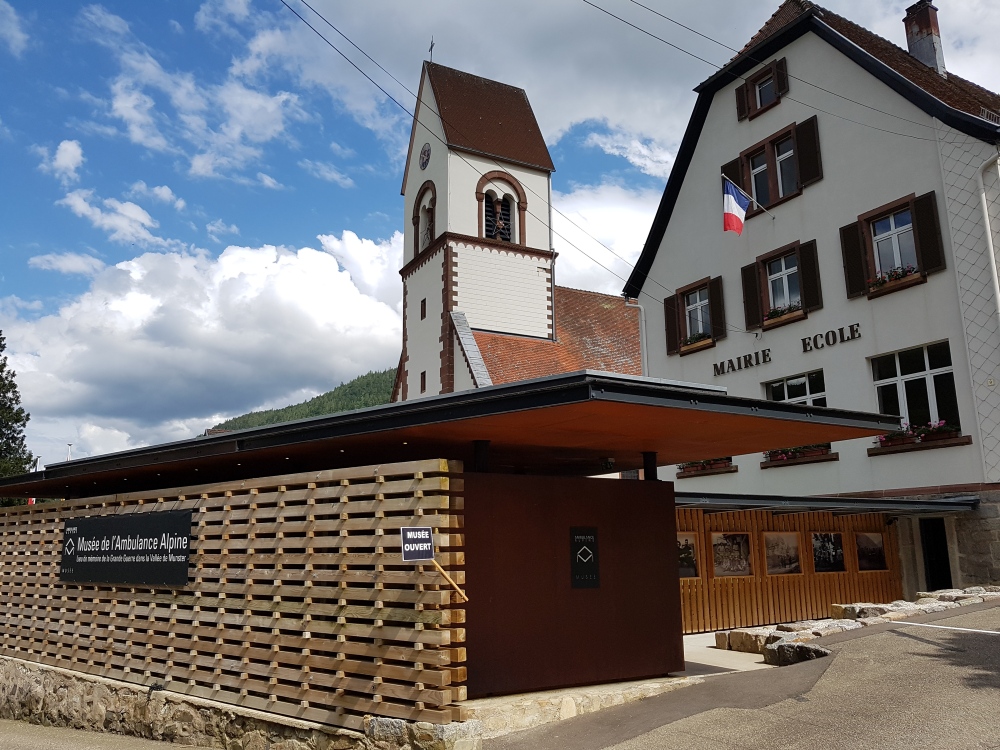
Discover the Ambulance Alpine, a restored French military hospital that treated soldiers and civilians from 1915 to 1918. Located in Mittlach, a French base near the front, it cared for all wounded. Now a interpretation center, it presents the war’s impact on the Munster valley with a memory trail focused on human experience. Also notable are its beautiful French polychrome inscriptions.
68380 Mittlach
www.mittlach.fr/musee-ambulance-alpine
(Image ©Rémy Jaeglé)
22 Musée mémorial du Linge
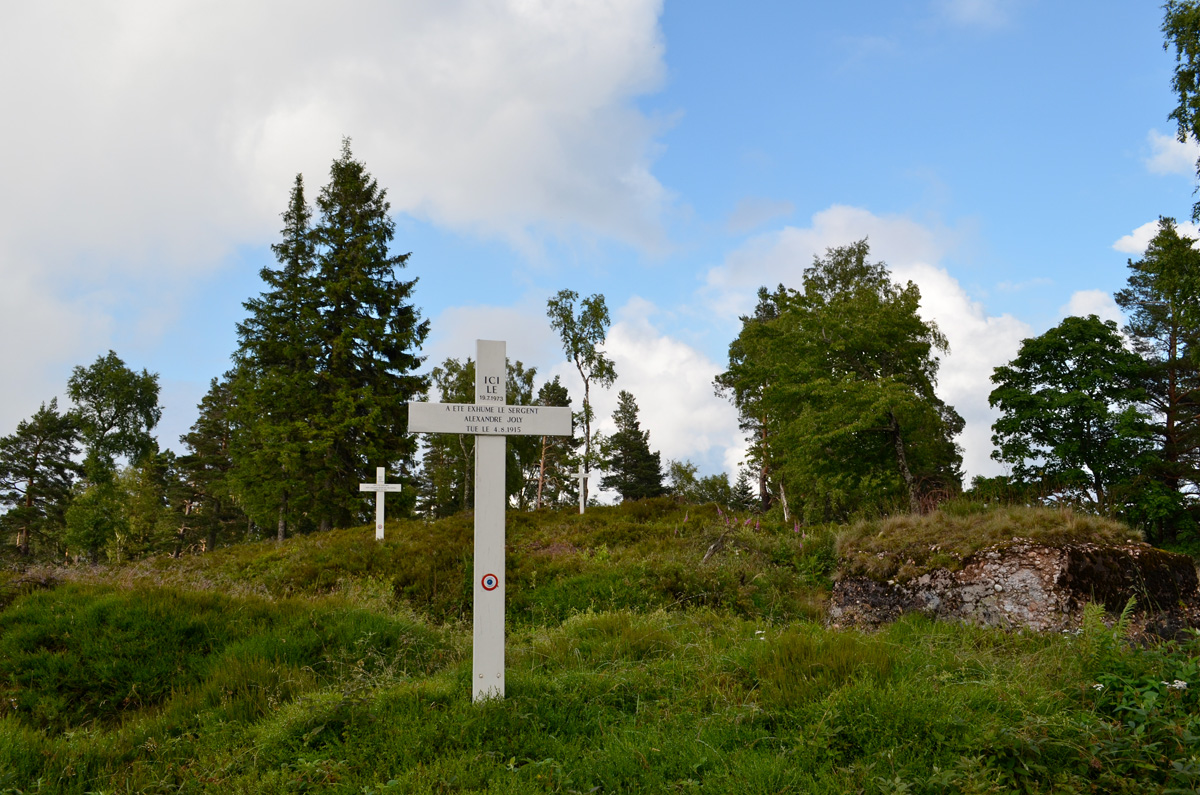
Le Linge is a key site of the 1915 battle in the High Vosges. Nearly 20,000 French and German soldiers were killed, wounded, or missing. The easily accessible battlefield still preserves a well-maintained German defense system. The museum displays found objects and immerses visitors in soldiers’ lives. A 20-minute video explains the historical context of the battle.
68370 Orbey
www.linge1915.eu
(Image ©JL Delpal - ADT)
23 Musée Serret
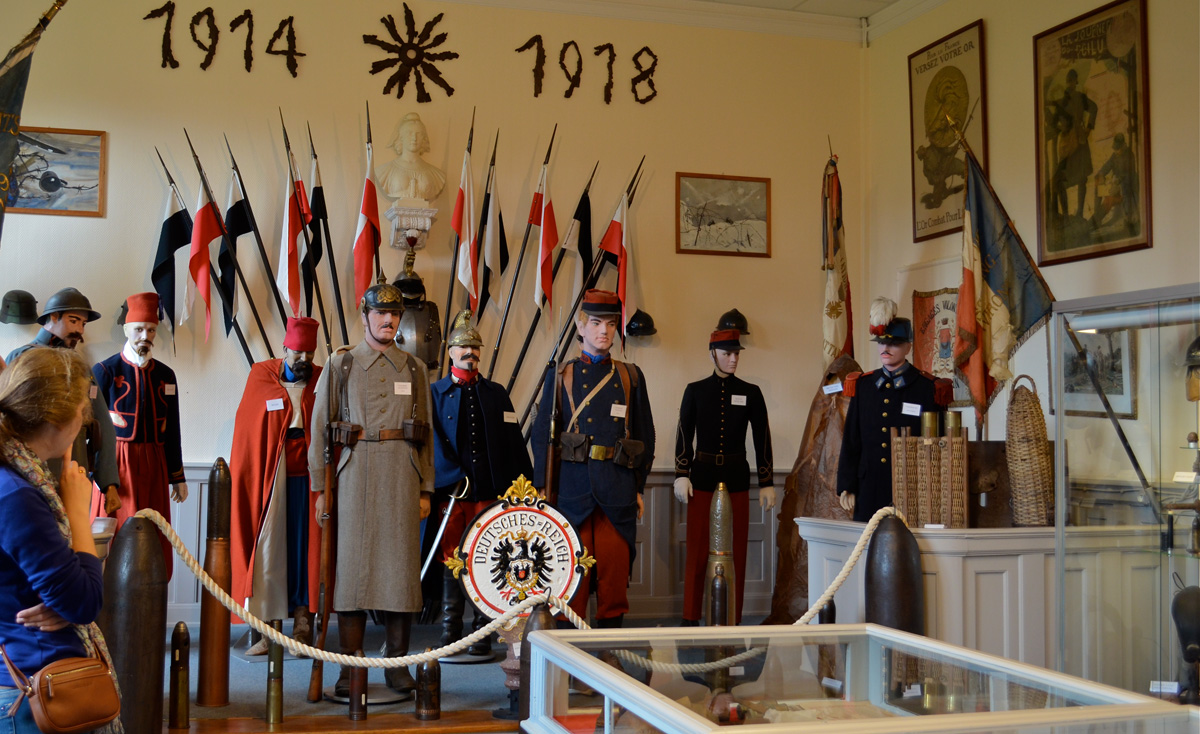
Named after the general who led the 1915 Hartmannswillerkopf battles, the Serret Museum displays a rich collection of WWI weapons and equipment. Housed in a 1912 former military hospital, it also covers Alsatian resistance during WWII and local history (Roman times, glass and textile industries). The Grenier showcases traditional valley crafts like shoemaking and teaching.
68550 Saint Amarin
www.museeserret.fr
(Image ©JL Delpal - ADT)
24 French national necropolis by Moosch
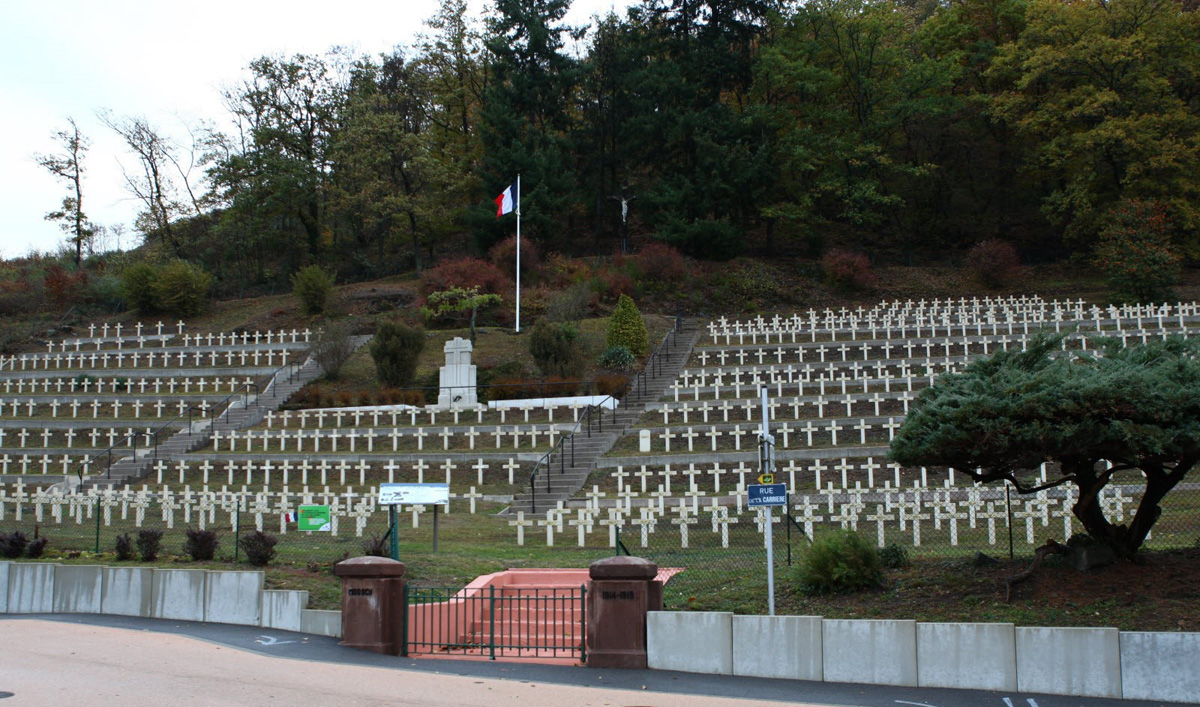
The French national necropolis of Moosch, created during WWI near the military hospital, sits on a hill overlooking the St Amarin valley. All graves are identified, including General Serret, hero of Hartmannswillerkopf, and an American medic. Located in Alsace liberated in 1914, it had funeral practices similar to peacetime. The site is listed as a UNESCO World Heritage.
68690 Moosch
www.paysages-et-sites-de-memoire.fr
(Image ©Florian Hensel)

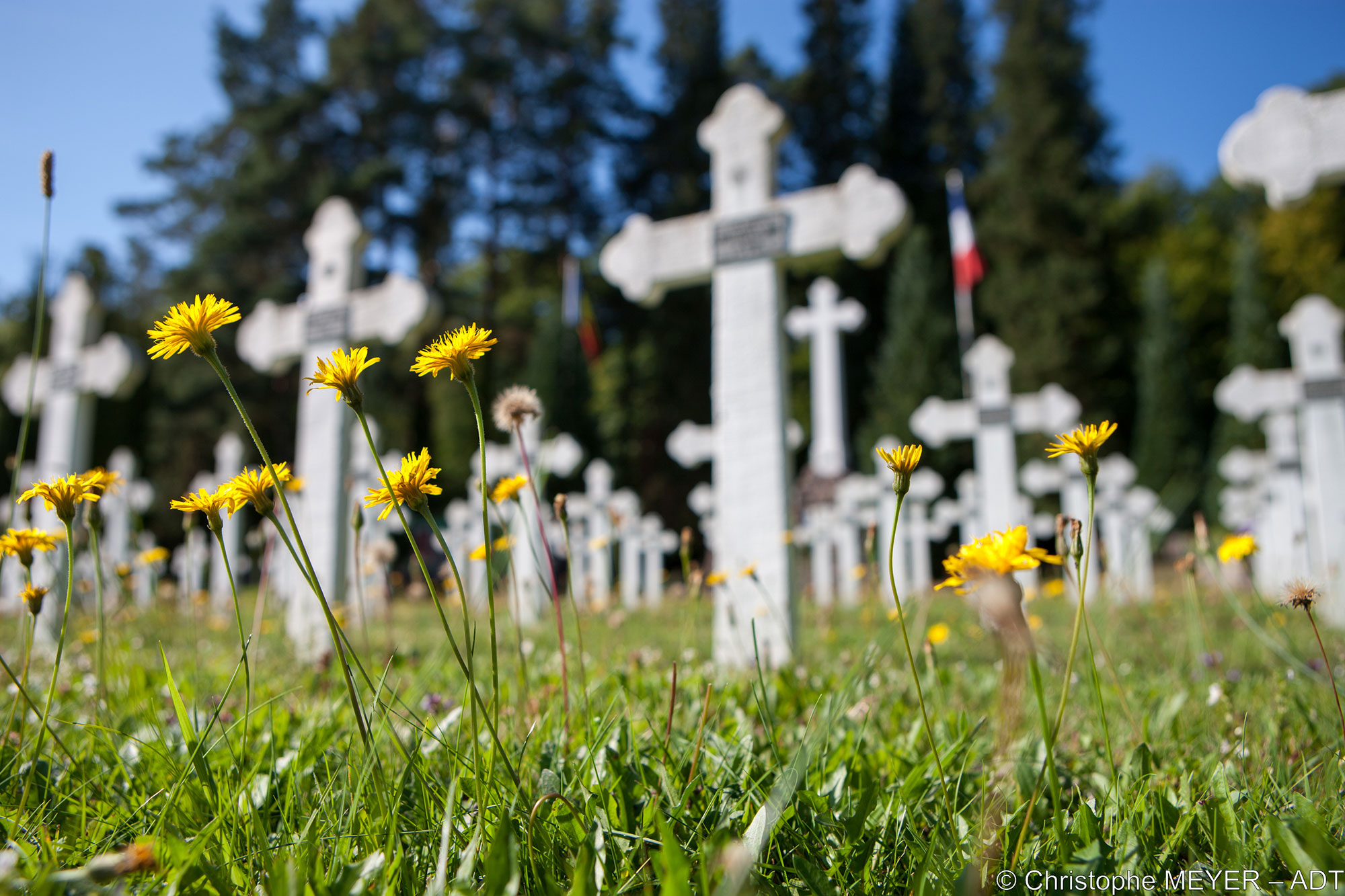
Schreibe einen Kommentar